How To Set Up A Trail Camera ?
To set up a trail camera, first choose a location where you want to monitor wildlife activity. Look for signs of animal activity such as tracks, droppings, or well-worn trails. Then, mount the camera on a tree or post using the provided strap or mount. Make sure the camera is facing the area you want to monitor and is at the right height.
Next, insert batteries and a memory card into the camera. Follow the manufacturer's instructions to set up the camera settings, such as the date and time, photo or video mode, and trigger sensitivity. Test the camera by walking in front of it to make sure it is capturing images or videos correctly.
Finally, check the camera regularly to see what wildlife activity has been captured. You may need to adjust the camera's position or settings if you are not getting the desired results. Remember to respect wildlife and their habitats by not disturbing them or their environment.
1、 Camera placement
How to set up a trail camera:
1. Choose the right camera: Before setting up a trail camera, it is important to choose the right camera that suits your needs. There are various types of trail cameras available in the market, each with different features and specifications.
2. Camera placement: The placement of the camera is crucial for capturing the best footage. It is recommended to place the camera in an area where there is high animal activity, such as near a water source or a feeding area. The camera should be mounted at a height of 3-4 feet and angled slightly downwards to capture the animal's movement.
3. Check the camera settings: Once the camera is mounted, it is important to check the camera settings. This includes setting the date and time, selecting the desired mode (photo or video), and adjusting the sensitivity and trigger speed.
4. Test the camera: Before leaving the camera unattended, it is important to test the camera to ensure that it is working properly. This can be done by walking in front of the camera to trigger it and checking the footage.
5. Retrieve the footage: After a few days or weeks, it is important to retrieve the footage from the camera. This can be done by removing the SD card from the camera and transferring the footage to a computer or other device.
The latest point of view on trail cameras is that they have become increasingly popular among hunters, wildlife enthusiasts, and researchers. They provide a non-invasive way to monitor animal activity and behavior, and can also be used for security purposes. With advancements in technology, trail cameras now come with features such as wireless connectivity and high-resolution images and videos. However, it is important to use trail cameras responsibly and ethically, and to follow local laws and regulations.
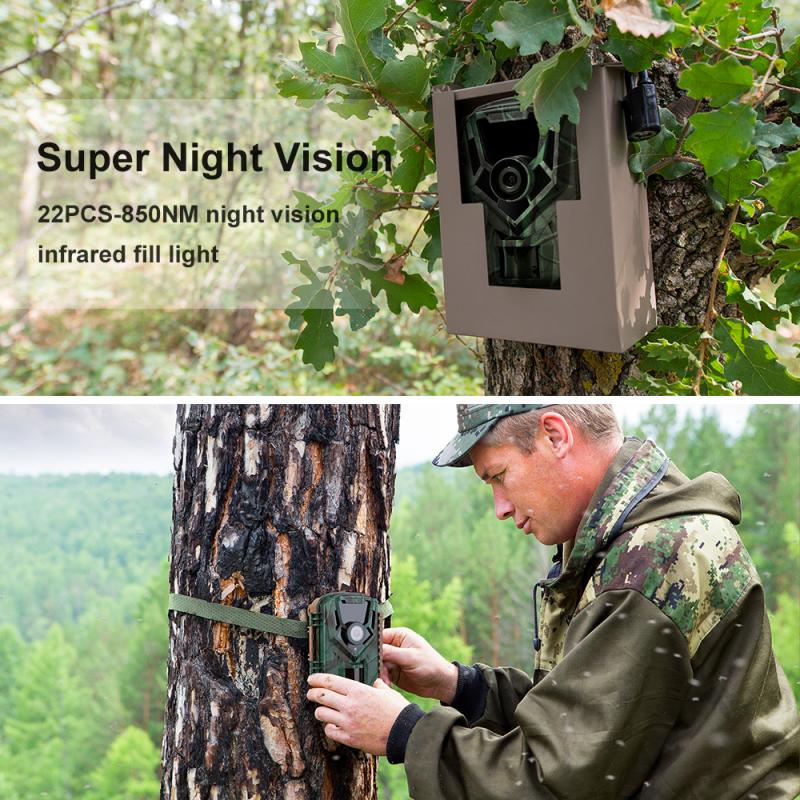
2、 Power source
How to set up a trail camera? The first step is to choose the right location for your camera. Look for areas where animals are likely to pass through, such as game trails, water sources, or feeding areas. Once you have found the perfect spot, it's time to set up your camera.
The most important thing to consider when setting up a trail camera is the power source. Most trail cameras use batteries, so make sure you have plenty of them on hand. Lithium batteries are a good choice because they last longer than alkaline batteries and can withstand extreme temperatures. Some cameras also have the option to use a solar panel or an external battery pack for extended use.
Next, mount the camera securely to a tree or post using the provided strap or mount. Make sure the camera is level and facing the area you want to monitor. Adjust the sensitivity and detection range settings to your liking, and test the camera to make sure it's working properly.
Finally, check the camera regularly to see if it needs new batteries or memory card. It's also a good idea to download the images or videos to your computer or phone to keep track of the wildlife in your area.
In recent years, some trail cameras have added features such as Wi-Fi connectivity and cellular capabilities, allowing you to remotely access and control your camera from your phone or computer. These features can be especially useful for monitoring wildlife in remote areas or for security purposes.
Overall, setting up a trail camera is a simple process that requires careful consideration of the power source and location. With the right setup, you can capture amazing images and videos of the wildlife in your area.
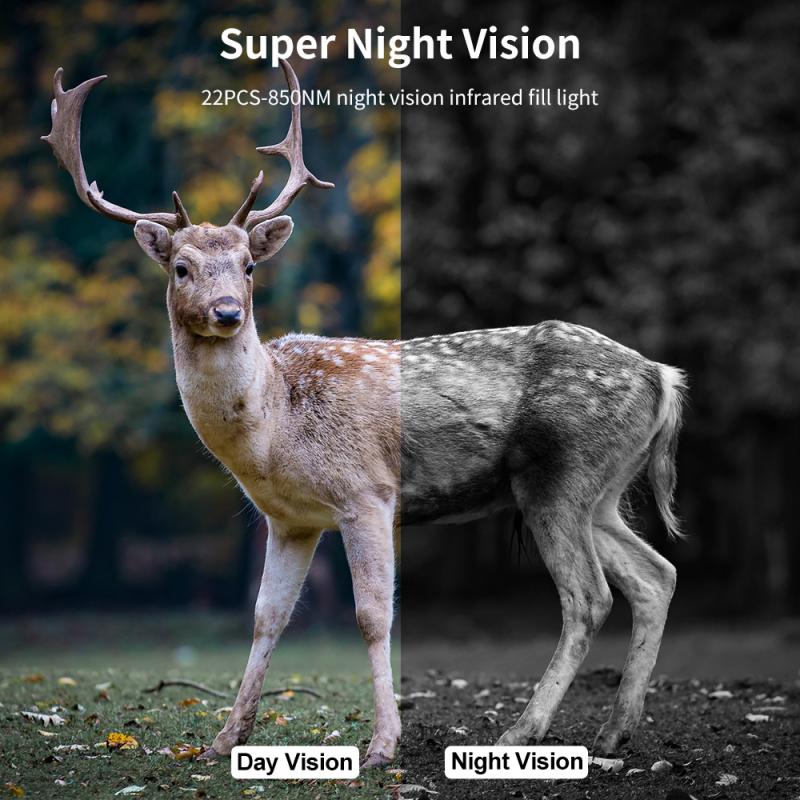
3、 Memory card installation
How to set up a trail camera:
1. Choose the right location: Before setting up your trail camera, you need to choose the right location. Look for areas where animals are likely to pass through, such as game trails, water sources, or feeding areas.
2. Mount the camera: Once you have found the right location, mount the camera securely using a strap or mounting bracket. Make sure the camera is level and facing the right direction.
3. Power up the camera: Most trail cameras run on batteries, so make sure you have fresh batteries installed. Some cameras also have the option to use an external power source, such as a solar panel.
4. Set up the camera settings: Each trail camera is different, so consult the user manual to set up the camera settings. This may include setting the date and time, choosing the photo or video mode, and adjusting the sensitivity and trigger speed.
5. Test the camera: Before leaving the camera in place, test it to make sure it is working properly. Walk in front of the camera to trigger it and check the photos or videos to ensure they are clear and in focus.
Memory card installation:
1. Choose the right memory card: Trail cameras typically use SD cards, so make sure you choose a card that is compatible with your camera. Look for a card with a high storage capacity and fast write speeds.
2. Insert the memory card: Locate the memory card slot on your camera and insert the card. Make sure the card is inserted correctly and securely.
3. Format the memory card: Before using the memory card, format it using the camera's menu system. This will ensure that the card is compatible with the camera and that it is free of any previous data.
4. Check the memory card regularly: Trail cameras can take hundreds or even thousands of photos, so it's important to check the memory card regularly to ensure it doesn't fill up. You can either remove the card and transfer the photos to your computer or use a wireless connection to view the photos remotely.
In the latest point of view, some trail cameras now come with built-in memory, eliminating the need for a separate memory card. Additionally, some cameras now offer wireless connectivity, allowing you to view photos and adjust settings remotely using a smartphone app.

4、 Camera settings
How to set up a trail camera:
1. Choose the right location: The first step in setting up a trail camera is to choose the right location. Look for areas where animals are likely to pass through, such as game trails, water sources, or feeding areas.
2. Mount the camera: Once you have chosen the location, mount the camera securely using a strap or mounting bracket. Make sure the camera is level and facing the right direction.
3. Insert batteries and memory card: Most trail cameras require batteries and a memory card to function. Insert fresh batteries and a memory card into the camera before turning it on.
4. Turn on the camera: Once the camera is mounted and the batteries and memory card are inserted, turn on the camera and adjust the settings as needed.
Camera settings:
1. Image quality: Choose the highest image quality setting available to capture clear, detailed photos.
2. Trigger speed: Set the trigger speed to the fastest setting possible to capture animals in motion.
3. Detection range: Adjust the detection range to match the area you want to monitor. A wider detection range will capture more activity, but may also result in more false triggers.
4. Time-lapse mode: Some trail cameras have a time-lapse mode that captures photos at set intervals. This can be useful for monitoring areas where animals may not trigger the motion sensor.
5. Night mode: If you plan to monitor activity at night, make sure the camera has a night mode with infrared flash or LED lights to capture clear photos in low light conditions.
In conclusion, setting up a trail camera requires careful consideration of location, camera settings, and other factors. By following these steps, you can capture clear, detailed photos of wildlife and monitor activity in your chosen area.
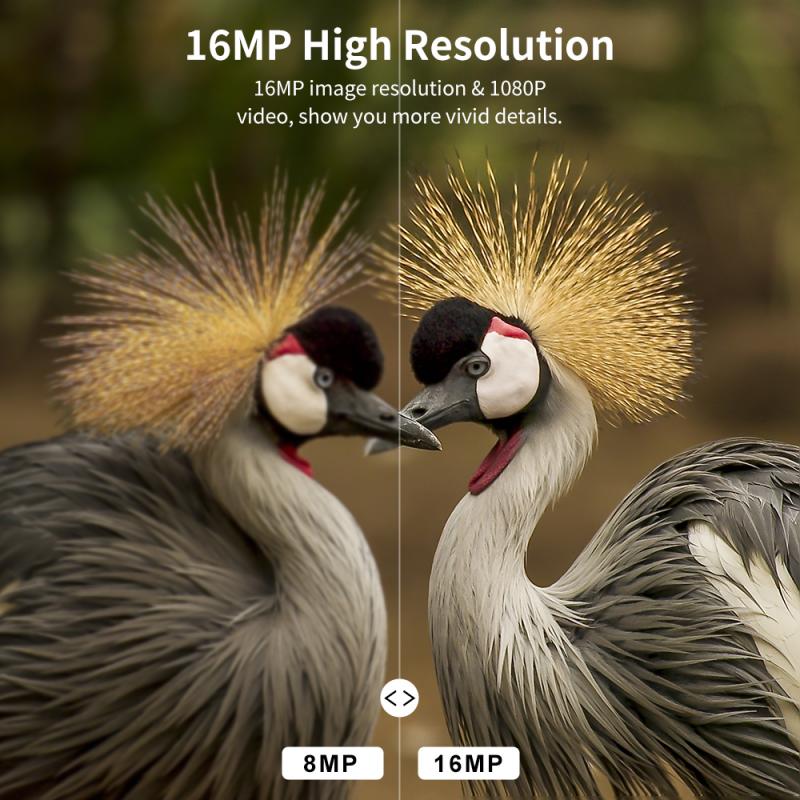



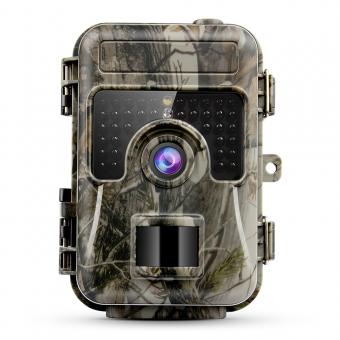
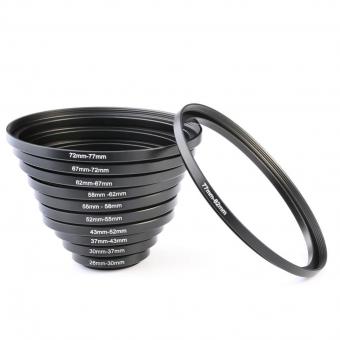

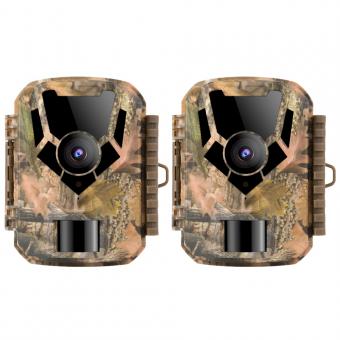

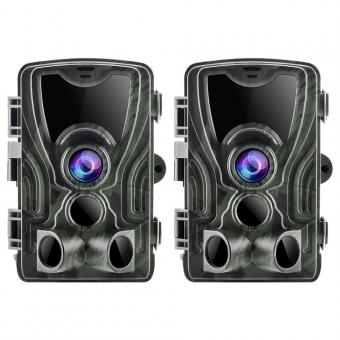
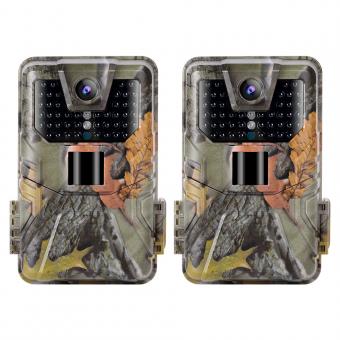
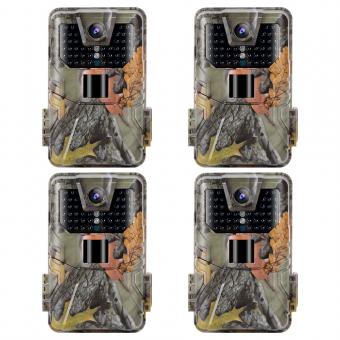
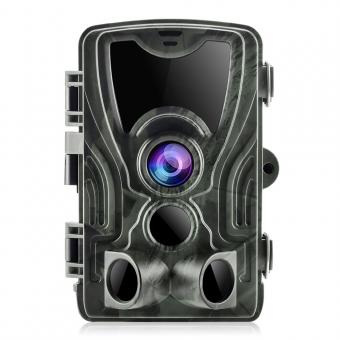









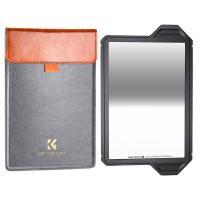


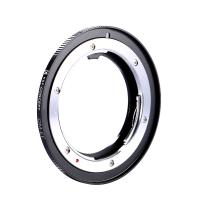



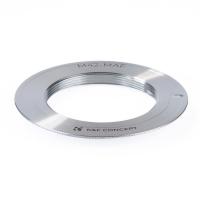
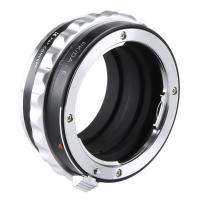

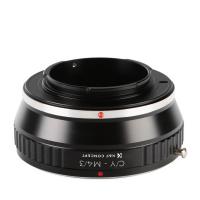
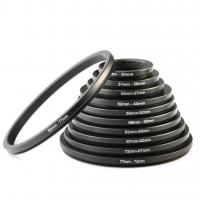
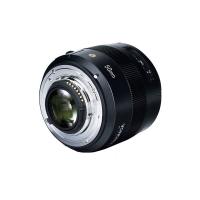

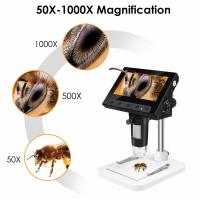

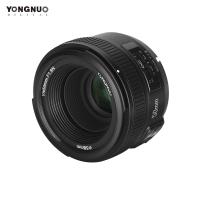

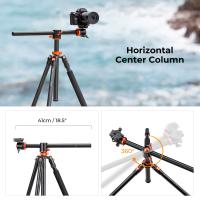

There are no comments for this blog.